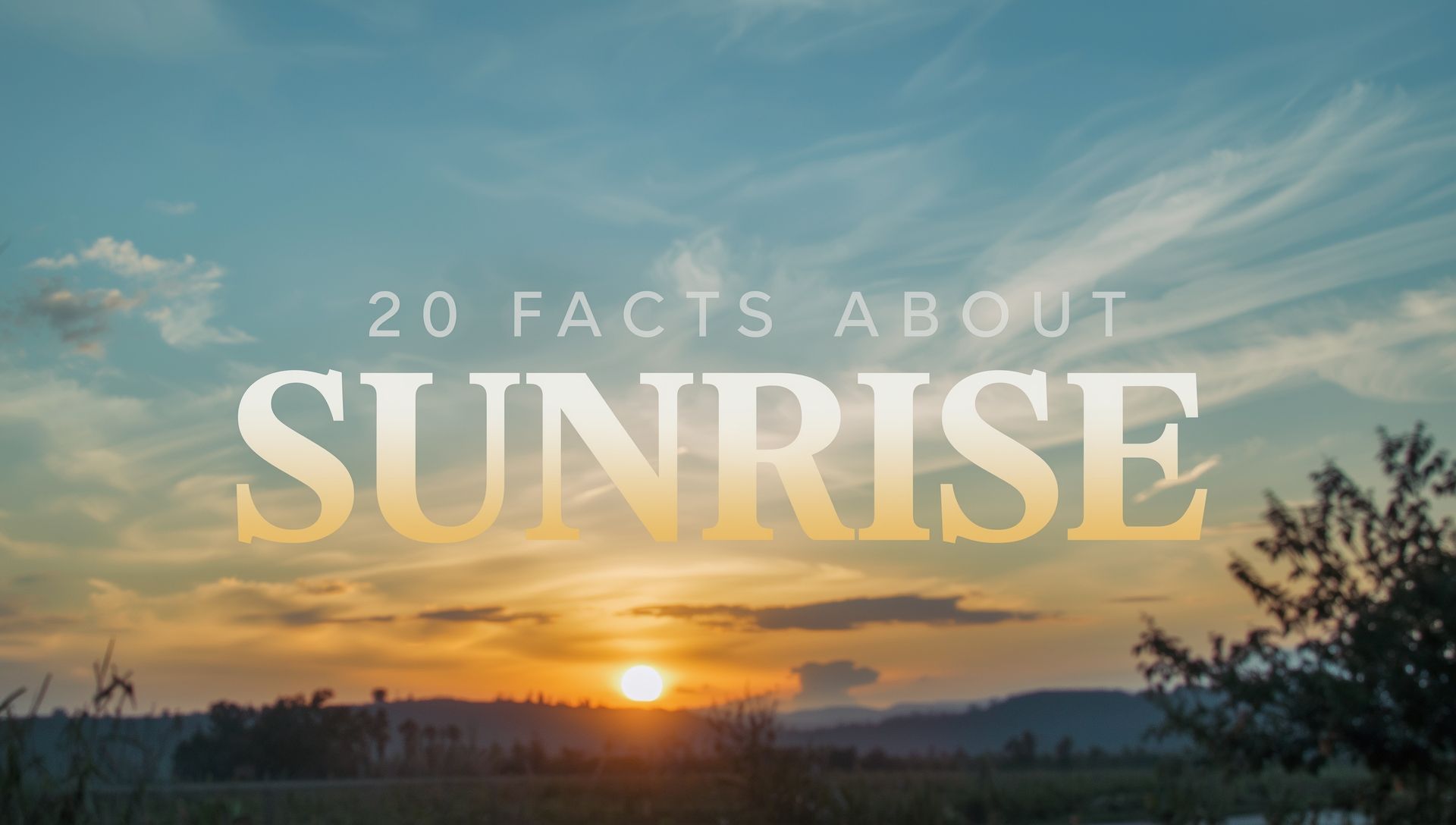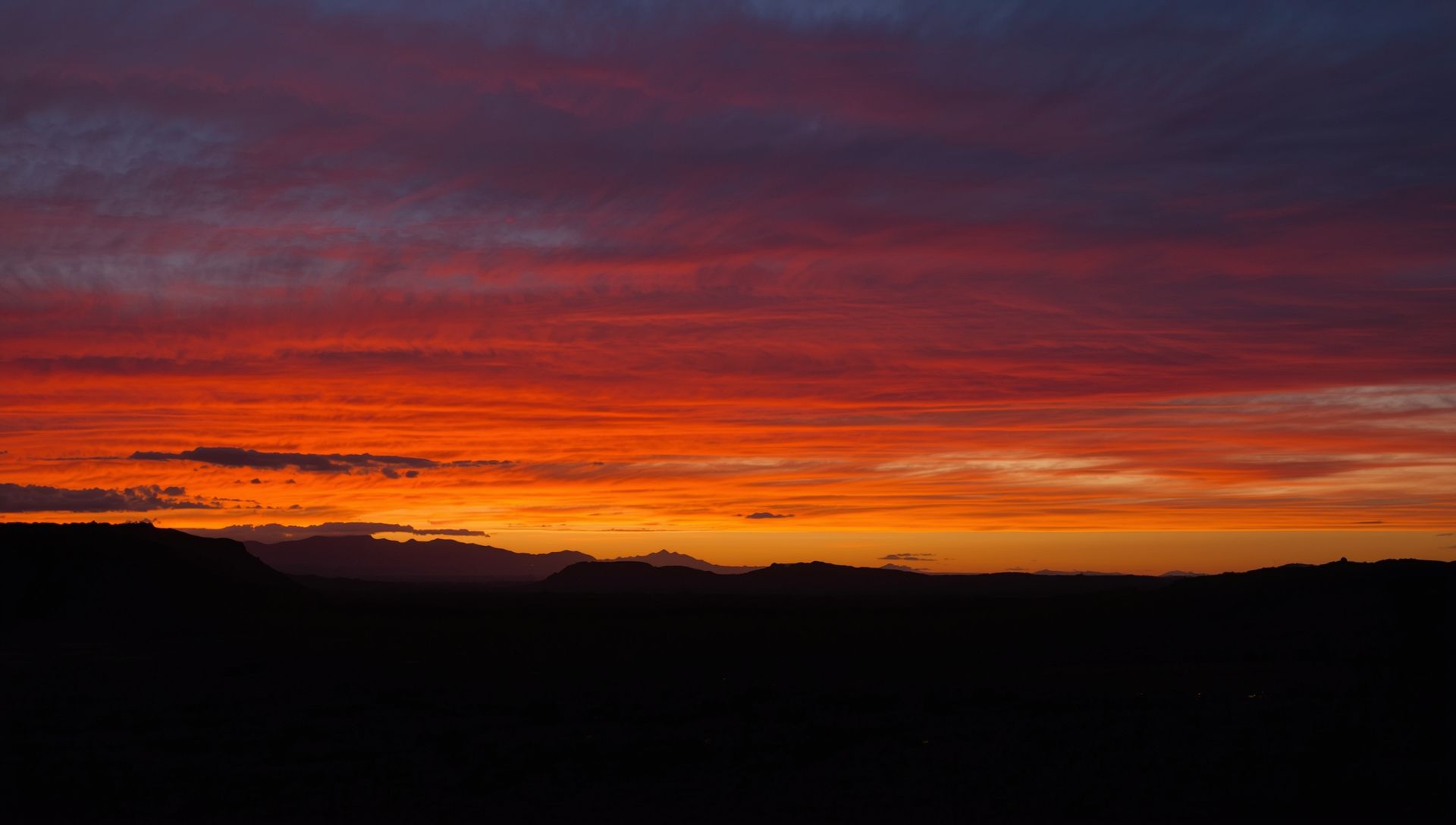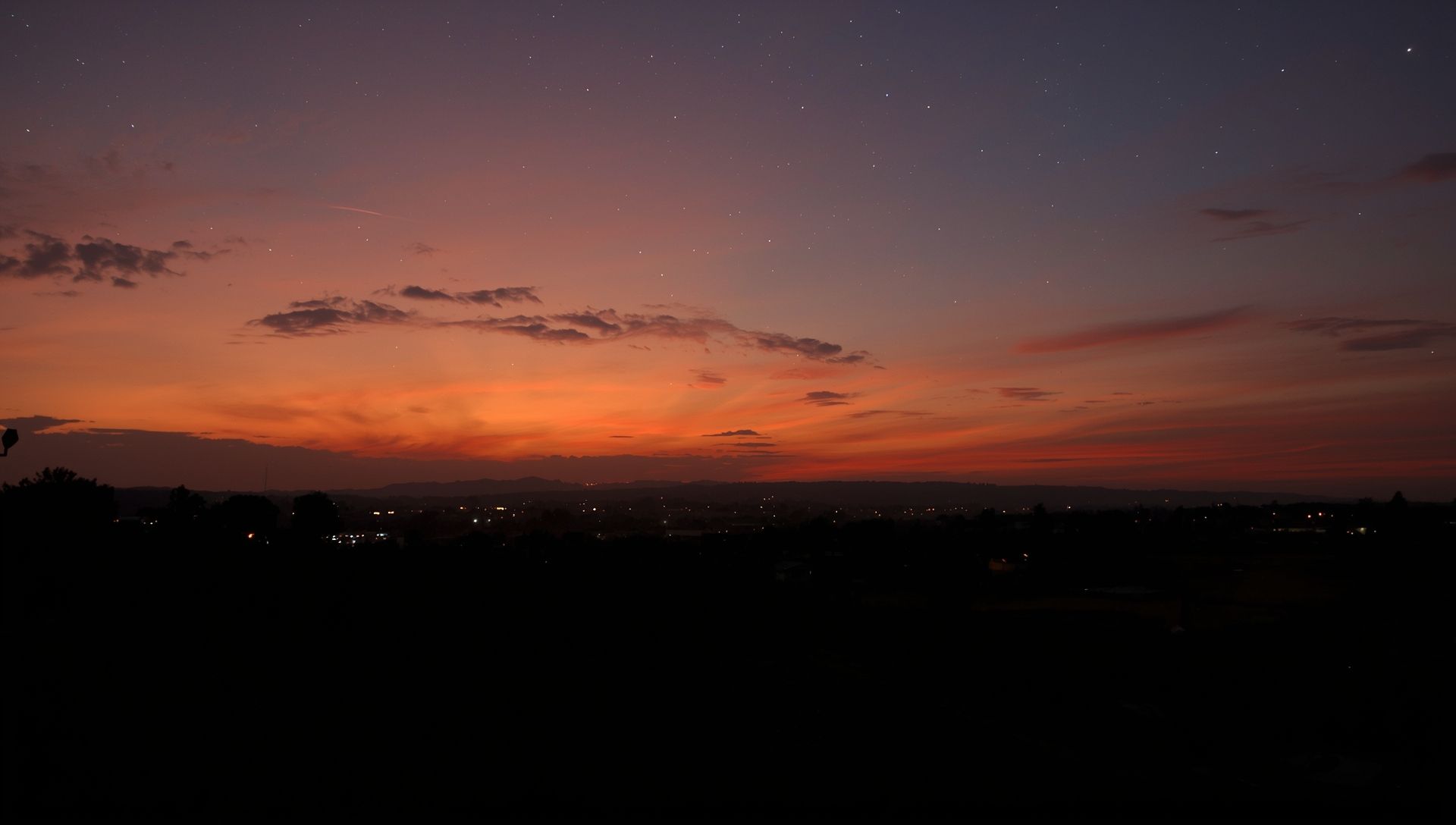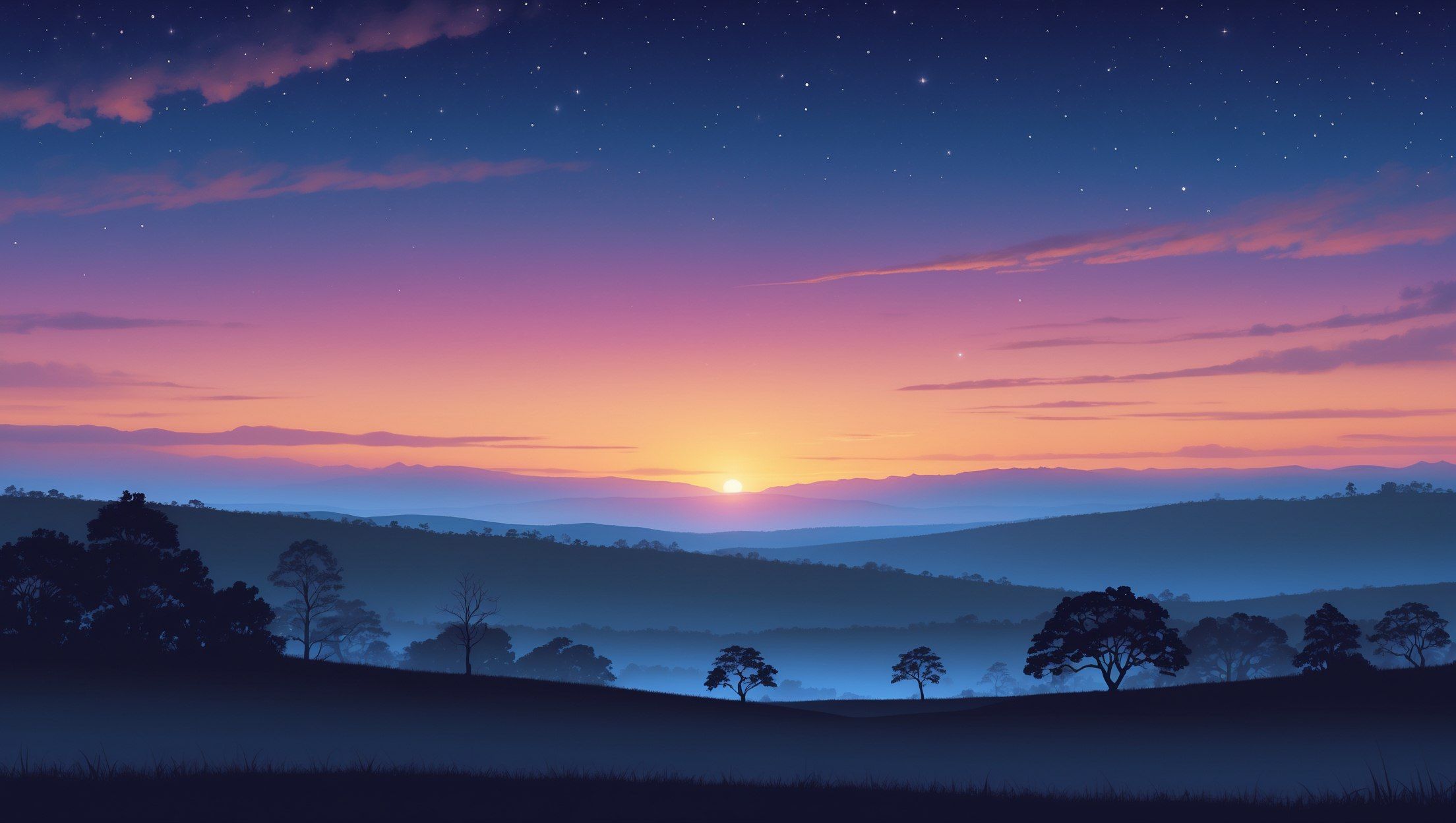There’s something magical about watching the sky change colors as the day begins or ends. Whether it’s the golden stretch before sunrise or the deep orange fade into night, those moments bookend our days with quiet wonder. But when exactly do they happen, and why does it change?
Why Sunrise and Sunset Aren’t Set in Stone
The Earth doesn’t sit straight up. It tilts on its axis by about 23.5 degrees. This tilt, combined with our planet's elliptical orbit around the sun, means the times for sunrise and sunset change every day, sometimes by a minute or two, sometimes more.
These shifts are more noticeable the farther you are from the equator. In places like Alaska or Sweden, the sun might barely dip below the horizon in summer, while winter brings hours of darkness. If you want to explore how regions handle daylight changes in different seasons, learning about seasonal clock changes can offer helpful context.
What Really Counts as Sunrise and Sunset?
It’s not when the sky gets bright or when it starts turning pink. Officially, sunrise is the moment the upper edge of the sun peeks over the horizon. Sunset is when that same edge slips below it.
This matters because you might see light before sunrise or after sunset. That’s due to something called civil twilight, a gentle fade in or out of daylight that frames the true event. Curious about the atmospheric glow before and after the sun crosses the horizon? You can dive deeper into twilight and atmospheric effects in this guide on twilight sky colors.
Factors That Can Shift the Timing
- Time of year: Around the solstices, sunrise and sunset times shift more dramatically.
- Your location: Closer to the equator means less change; farther away means longer shifts. To compare places globally, a global time zone map is useful for understanding latitudinal differences.
- Altitude: Higher elevations can let you see the sun earlier and longer.
- Obstructions: Mountains, buildings, or trees can make the sun appear later or disappear sooner.
- Daylight saving time: Clocks change, but the sun doesn’t care. It rises and sets based on nature, not our watches.
Timing It Right Without Fancy Tools
You don’t need an app or telescope. Just search "sunrise" or "sunset" plus your location in a browser. Want something a little more personal? Check your phone’s weather app, most include it. If you prefer a broader global view, a quick look at a world clock reference can help you compare morning and evening light across several locations at once.
And if you’re really into patterns, sunrise and sunset calendars are printable and satisfying to check off daily. You can keep track of changing light throughout the year much like you would with a regular monthly calendar.
Let the Light Shape Your Day
Knowing when the sun rises or sets isn’t just trivia. It’s a quiet nudge to slow down or start fresh. Whether you're chasing golden hour for a photo or planning the perfect morning jog, timing the day’s first and last light can bring more intention and beauty to your routine. Even animals feel the shift in daylight, which is why you might hear roosters greet the morning, as explained in this piece on morning rooster calls.









